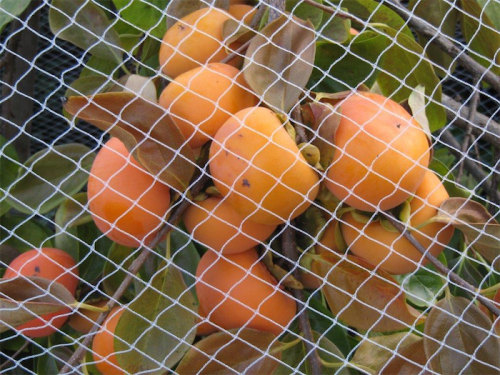
WHAT better way to brighten a winter garden than by growing those flowering delights, hellebores.

They are one of the hardiest perennials and suitable for every garden or grown in pots.
Commonly referred to as Winter Rose or, in Europe, Christmas Rose (despite having no connection to roses beyond its flowers resembling old-fashioned, single-petal roses).
They have grown wild for centuries from the Caucasus Mountains to the Mediterranean, Corsica and Majorca.
Hellebores prefer some shade from hot summer sun and good drainage, which is why they don’t thrive in heavy, clay soils. They can remain in the ground for years and the only requirement for good flowering is to cut back the foliage to ground level in autumn. A hard cut back allows warmth from a watery winter sun to reach the emerging buds and new petals. An application of a liquid certified organic plant food is recommended once the buds start to form.
As the saying goes “indoor for a moment and outdoors for a lifetime”, it’s good to buy hellebores when they’re in flower and keep them in their pot for indoor decoration. They’ll be alright in the house for up to three weeks.
Once the flowering ends, plant them in the garden; in groups for the best effect.
Hellebores can be divided in early autumn, but wear gloves and wash hands thoroughly after handling as all parts of the plant are poisonous.
They are ideally suited to plant under daphne, rhodos and azaleas, providing winter colour before these other acid-loving plants flower in the spring.
MEMBERS of the Canberra Horticultural Society recently saw pictures of new-release hellebores in a talk by Michael Cole of Plant Growers Australia. His nursery is a leader in plant-breeding programs for hundreds of perennials, especially hellebores.
So, to name just a few I consider a perfect collection for the garden:
- “Anna’s Red” – one of my favourites, featuring red to burgundy petals from early winter.
- “Molly’s White” – with each white flower flushed with green and dusky pink, set off with its dark green foliage.
- “Olivia’s Joy” – soft pink flushed flowers edged in deeper colour with veined dark green foliage.
- “Ruby’s Daydream” – deep plum flowers also against marbled leaves.

IT’S that time of the year to mention persimmons. Our climate allows us to grow a considerably larger selection of fruit than in tropical climes. This is due to many varieties of fruit requiring a chilling factor to develop, especially apples and pears.
We can almost have fresh fruit all year round. For example, as the apples are picked then the persimmons come into their own.
Jottings…
- Shred leaves with the mower and apply to garden beds as mulch. Also shred them before putting on the compost heap.
- Add a good handful of garden lime to each couple of barrow loads of leaves on the compost heap.
- Dahlia tubers can be lifted and stored in sawdust or cheap potting mix in a poly box and store in a dark spot such as the garage.
Who can be trusted?
In a world of spin and confusion, there’s never been a more important time to support independent journalism in Canberra.
If you trust our work online and want to enforce the power of independent voices, I invite you to make a small contribution.
Every dollar of support is invested back into our journalism to help keep citynews.com.au strong and free.
Thank you,
Ian Meikle, editor




Leave a Reply